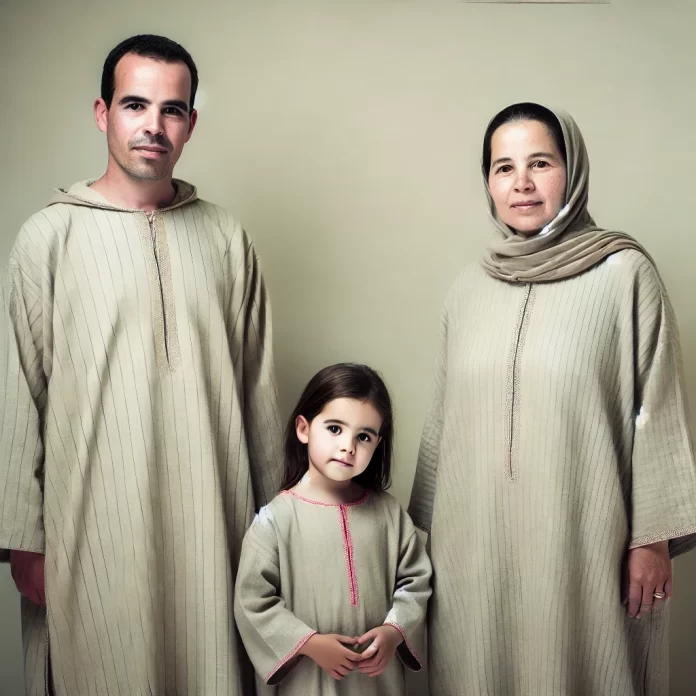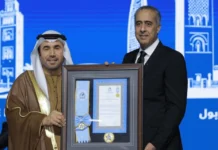At a time when many countries are struggling to stabilize their social assistance systems, Morocco is charting a different course—one marked by rapid implementation, high satisfaction, and a digital-first approach. In just a few months, the country has launched a direct household aid program that is already being compared to some of the most effective social welfare models in the world. What makes this achievement stand out is not just the speed or scope, but the deliberate fusion of political will, integrated technology, and a focus on continuous improvement.
The Direct Social Assistance Program (PASD), rolled out as part of Morocco’s broader push toward a social state, has quickly undergone a real-world stress test. A recent survey by the National Observatory for Human Development (ONDH) found that 87.5% of beneficiary households are satisfied with the aid they’ve received—a rate that puts Morocco within striking distance of leading international programs. For context, South Africa’s Child Support Grant achieves 90% satisfaction, Brazil’s Bolsa Família hovers near 95%, while Mexico’s Prospera and Indonesia’s Keluarga Harapan settle between 75% and 80%.
But satisfaction alone doesn’t tell the whole story. The program is showing tangible impact. Over 90% of households say the aid has improved their food security, and four out of five report positive effects on children’s school attendance. These outcomes mirror those of the world’s most respected social safety nets and suggest that PASD is already delivering more than just short-term relief.
Where Morocco truly breaks new ground, however, is in the system’s architecture. Unlike many countries that built their welfare programs through layers of fragmented policies, overlapping eligibility criteria, and disjointed payment channels, PASD was designed from the start as a unified, streamlined platform. It relies on a national database for targeting, and distributes aid through a single digital payment system. This level of institutional integration remains rare in the Global South, positioning Morocco as a possible blueprint for future public innovation in social welfare.
Still, going digital doesn’t mean the work is done. According to the ONDH survey, accessibility remains a major hurdle. Just 5% of recipients found the registration process easy. The majority needed help navigating the online application. This gap highlights a familiar tension in digital transformation: technology can increase efficiency and scale, but only if people are able to use it.
To address this, the ONDH has recommended several key improvements: expanding local support networks, aligning PASD with other existing welfare programs, and developing a unified framework for integrated social protection. At its core, the challenge is not just to deliver aid more efficiently, but to create a system that people can engage with independently and confidently.
The PASD’s early performance suggests that Morocco is moving beyond patchwork solutions. It’s no longer just about distributing benefits—it’s about building a coherent, scalable model for social solidarity in the digital age. While further refinements are clearly needed, particularly around accessibility and user experience, the foundation is strong. And in laying that foundation, Morocco is already emerging as a leader in the future of digital public welfare.





